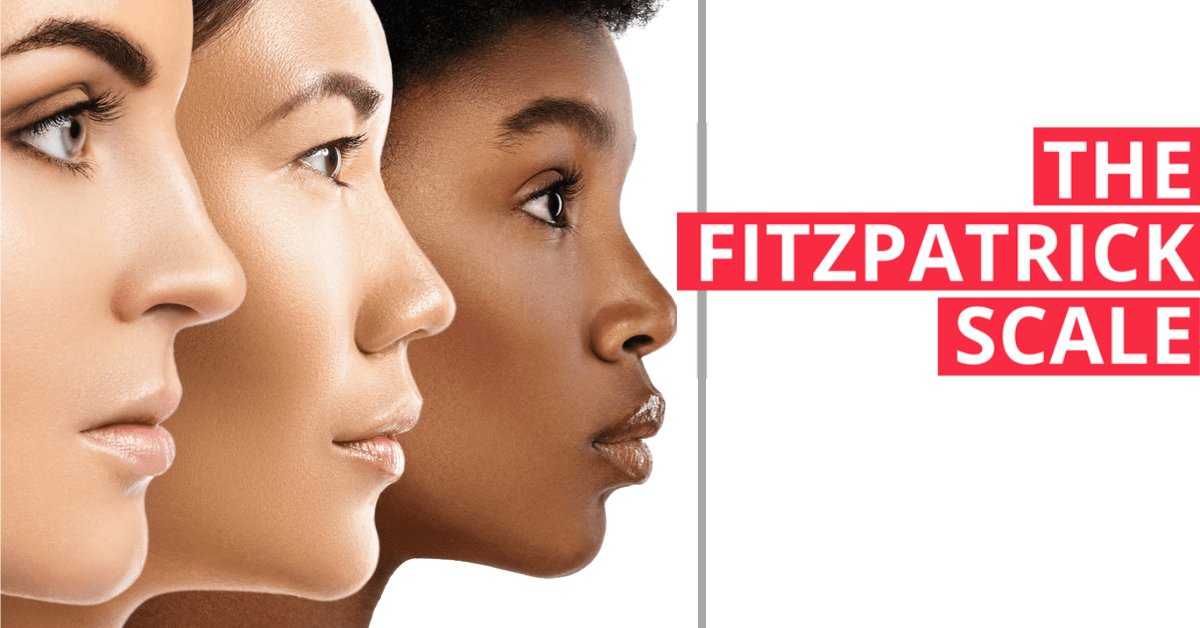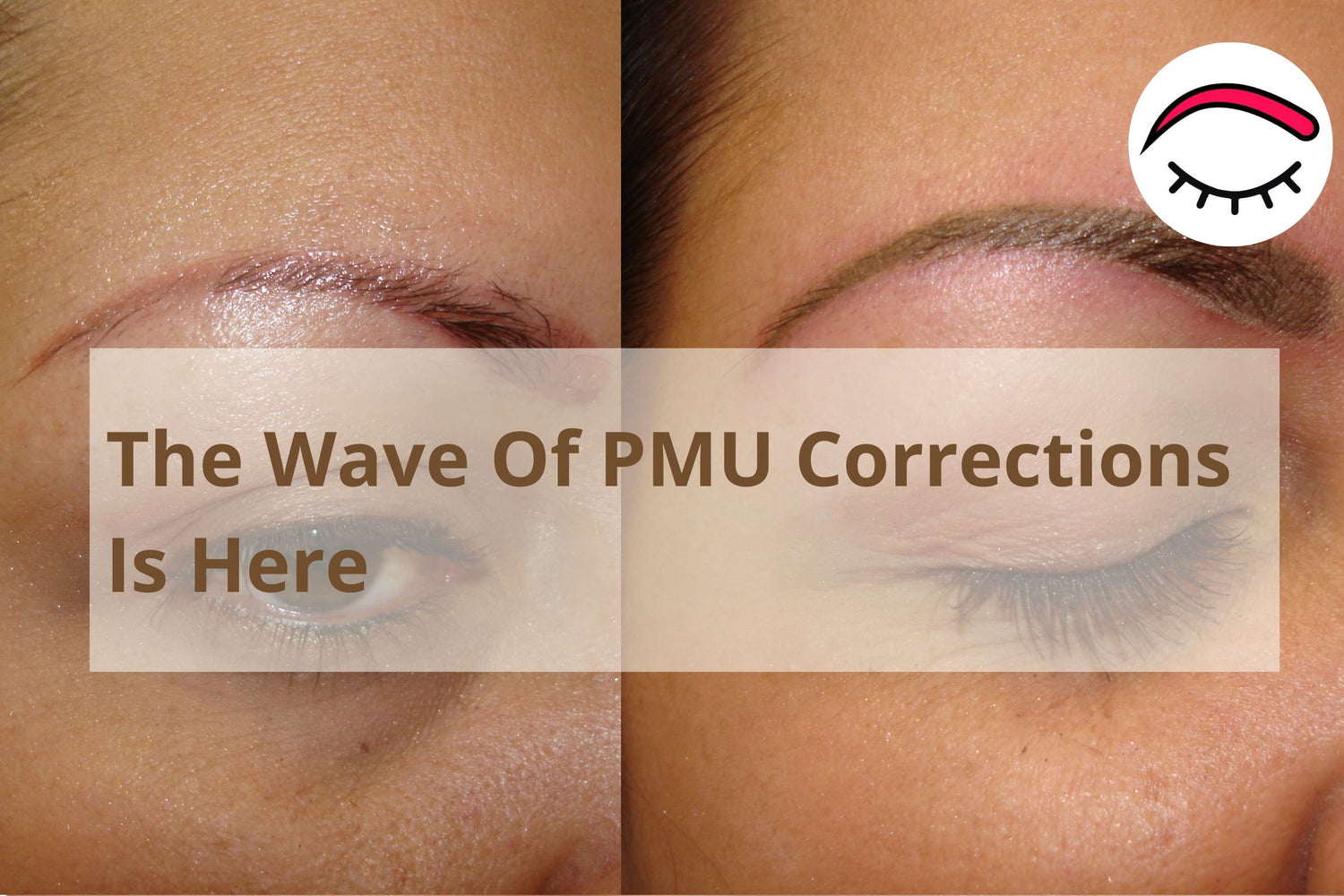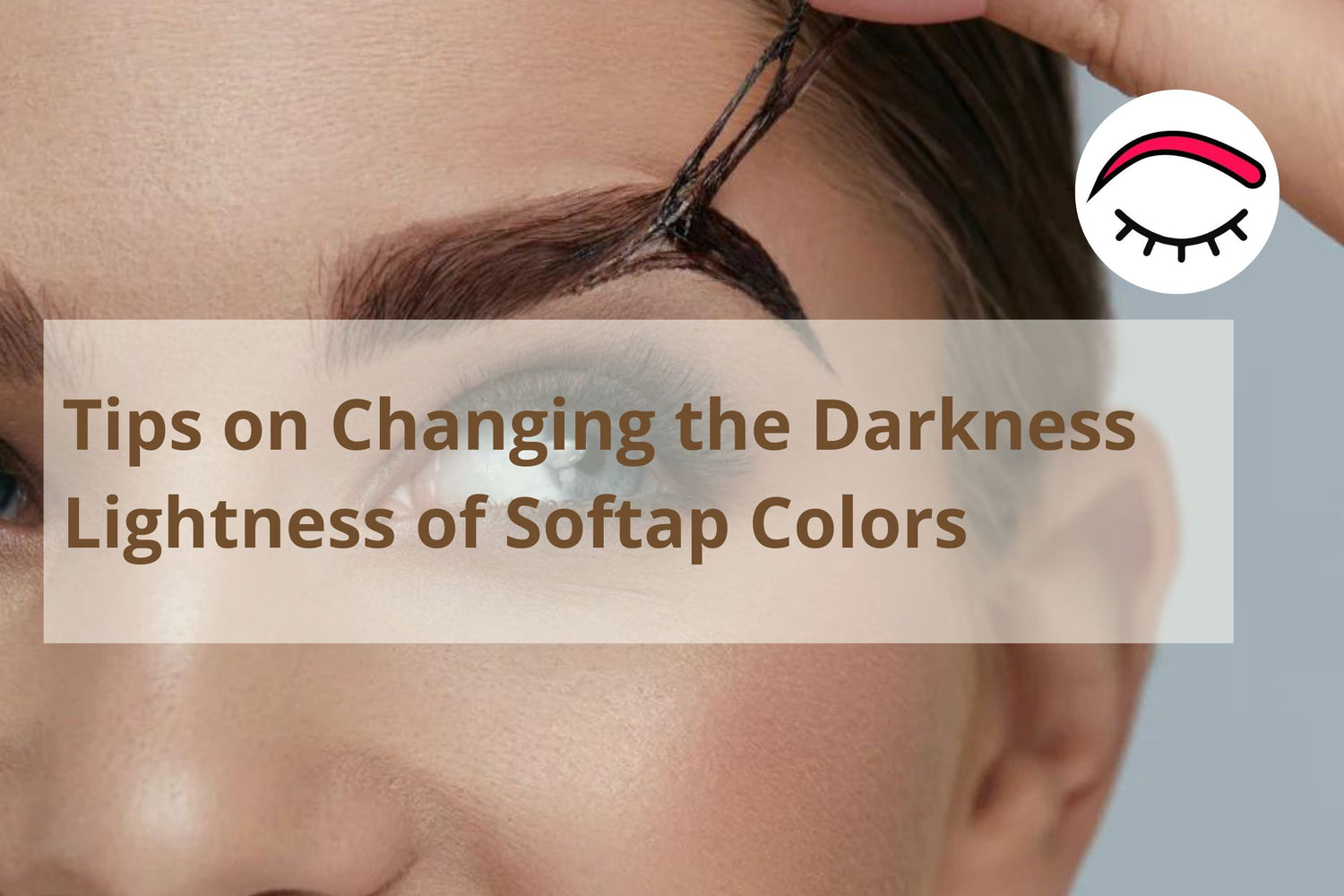
The Fitzpatrick Skin Types
Dr. Cardona
THE FITZPATRICK SKIN TYPES SCALE |
One of the four steps to succeed in Permanent makeup is color selection.
When you select the color for your client, you need to be familiar with the color palette of the brand you are using and your client's skin type.
One of the easiest ways to determine your client's skin type is using the Firtzpatrick scale.
The Fitzpatrick skin type (or phototype) depends on the amount of melanin in the skin that determines its color and the result of exposure to ultraviolet radiation (tanning).
This scale was described by Dr. Thomas B. Fitzpatrick, American Dermatologist and father of modern dermatology. It is used as an essential tool in micro-pigmentation since pigment implanted in the skin interacts directly with melanin, determining the final result of the color.
When you do permanent makeup, it is essential to be highly familiar with this scale to correctly classify your client's skin type and select the most appropriate color for them.
According to this scale, skin types are classified from 1 to 6 and take into account the characteristics of hair color, skin color, and eye color. These structures are used because they have a particular component in common, melanin.
In the skin, melanin is produced by melanocytes. Melanocytes are cells found in the epidermis, and their primary function is associated with protection against ultraviolet radiation.
There are different types of melanin, and, in humans, the most common are Eumelanin and Pheomelanin. They are present in all people in varying concentrations. These concentrations are genetically determined and differ among ethnic groups.
- Eumelanin gives gray, black, yellow, and brown hair color and is more abundant in people with dark skin (skin types 4-5 and 6).
- Pheomelanin is more abundant in light skin (skin types 1-2 and 3), producing a pink to red hue. It is also found in large quantities in red hair. Pheomelanin is also found on the lips and nipples.
When you implant a pigment in the skin, it interacts with 30% of the melanin to get the final color; this is why the same pigment sets differently in each person.
Knowing this, you need to imagine mixing the pigment's cool, neutral, or warm tone with the red or blue melanin of your client's skin.
:

These images will help you identify this classification in a clearer way.


I recommend you practice analyzing each of your clients and that you take note of it in their clinical history. This will be an essential practice for building a database to consult in making the correct color decisions, thus assuring greater predictability of healed color results.
I hope what I do will inspire you for your next Procedure!
Talk soon,
Dr. Sandra Piedad Cardona
Email: Info@BuyPermanentMakeup.com
Phone: +1(510)423-3014
PS: I created BuyPermanentMakeup.com to make sure that my students and the permanent makeup professional community had the best experience, products and service, along with ongoing education and content.





